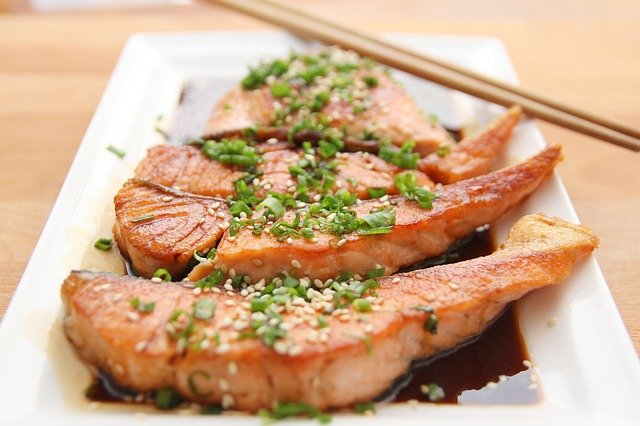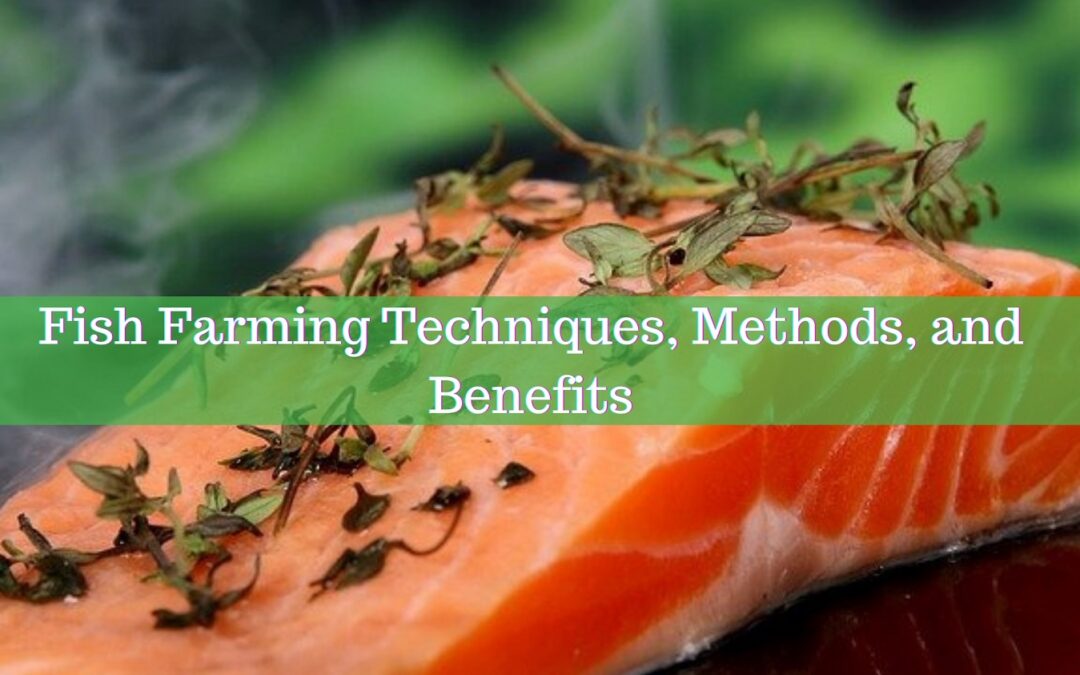Fish are known to have a high source of protein and great nutritional value. Initially, the production of fish was dependent on capturing; however, the majority of the captured fish was used for industrial purposes. An alternative fish production had to be identified to help address the rising demand for fish protein and that led to farmers opting to farm aquatic organisms through aquaculture.
About half of the fish that gets consumed globally are raised through fish farming. Some of the common species of fish that get farmed include salmon, tuna, halibut, trout, cod, shrimp, and others. Aquaculture farms can be constructed using mesh cages that are submerged in water or concrete enclosures on land can be used to construct them. It’s important to note that fish farms have the potential of damaging the ecosystem by introducing invasive pollutants and diseases and that’s why strict measures should be taken to ensure that the place set for constructing fish ponds is conducive.
Methods and Practices of Fish production
The naturally occurring fish in the lakes, oceans, and seas are normally harvested through capturing. These are wild-caught fish and due to the impact of climate change and overfishing; the population of wild fish has been dwindling tremendously and aren’t sufficient to meet the rising demand for fish protein.
Aquaculture Fish Farming
Another method of fish production in aquaculture. This involves the production of fish in controlled water bodies that can either be inland or marine fishery. Inland fishing is where the production of fish is undertaken in freshwater bodies such as ponds, rivers, tanks, and lakes. Farmers can also use reservoirs where freshwater bodies and seawater bodies join so as to form inland fisheries. About 5 – 6 species of fish can be reared in one common water body.
The selection of species should be considered based on the different food habits so that there is no competition for food within the pond. Marine fishery entails the use of the coastline to rear fish. The ponds can be set near to the shore or deep sea so as to target fish that are deeper in the sea. A number of aquaculture fish farming practices are used worldwide and for a range of species and culture organisms. Freshwater aquaculture is carried out in fish pens, ponds, fish cages, and rice paddies on a limited scale.
Backwater aquaculture is mainly undertaken in fish ponds that are located in coastal areas.

Extensive Fish Farming
Extensive fish farming entails the use of low stocking densities for example; 5000 to 10,000 (pl/ha/crop) postlarvae with no supplemental feeding. Although fertilization can be done to help stimulate the growth and production of natural food in the water. Change of water gets affected through tidal means and new water gets introduced during high tide. The pond only gets drained during low tide. The ponds that are normally used for extensive culture are generally large and might be shallow while not fully cleared of the tree stumps.
Semi-Intensive Systems
Semi-intensive systems often use densities that are higher than the extensive systems like 50,000 – 100,000 shrimp (pl/ha/crop) alongside the use of supplementary feeding. Intensive culture makes use of high densities of culture organisms and is dependent totally on artificial and formulated feeds. Both the systems use small pond compartments of up to about one ha for ease of management.
P. S: – Visit EAT Community and become part of the team for more engagement and insight on fish farming.



